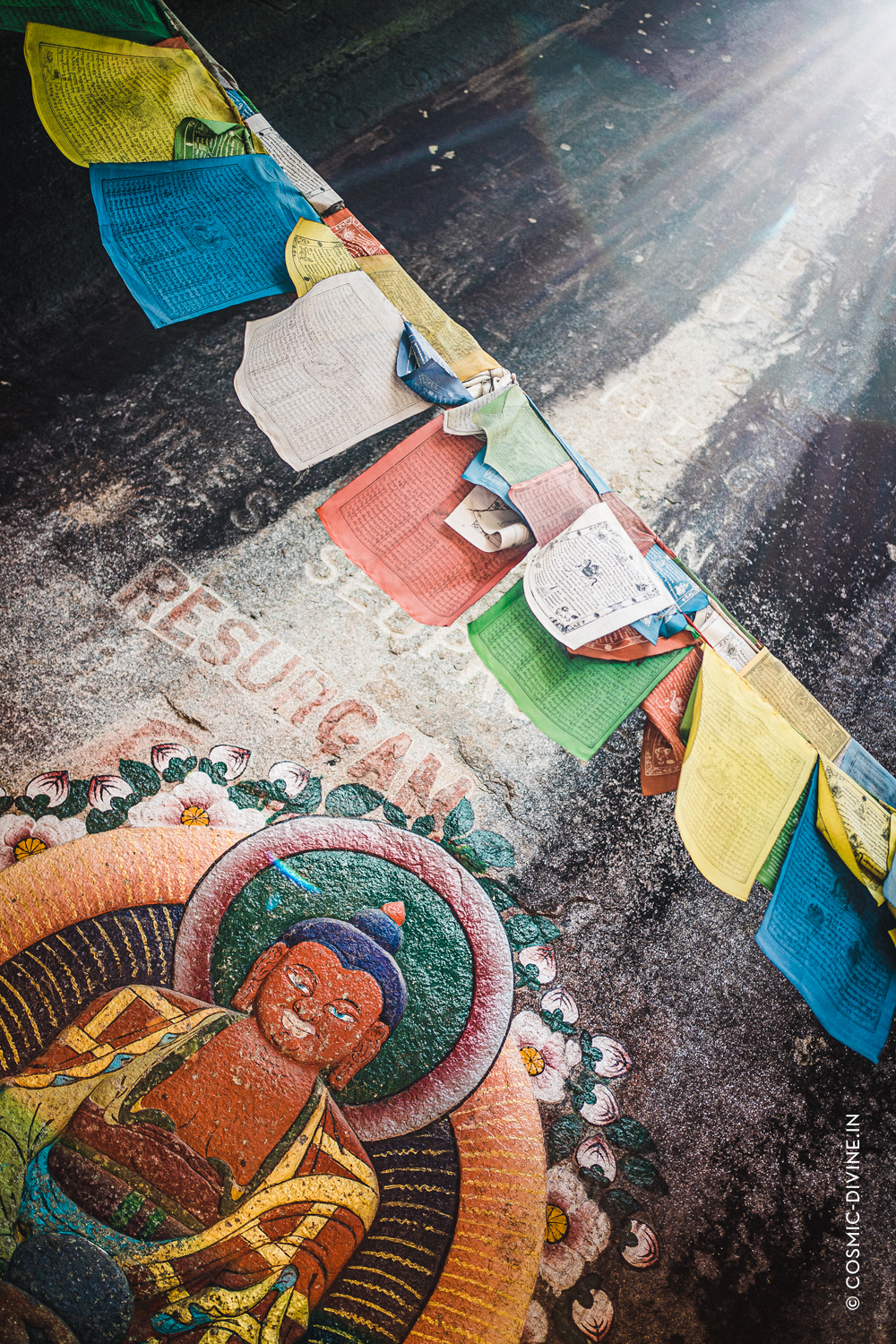

The Kullu district of Himachal Pradesh is renowned for its rich traditions of natural healing, incorporating Ayurvedic practices and Traditional Tibetan Medicine (Sowa Rigpa). These systems leverage the region’s biodiversity and cultural heritage to promote health and wellness.
Kullu serves as a meeting point for Ayurvedic practices and Tibetan healing traditions due to its geographical proximity to Tibet a big Tibetan community and Kullus diverse flora. Local healers, known as Vaids (Ayurvedic practitioners) and Amchis (Tibetan doctors), play a crucial role in healthcare delivery, especially in remote areas. The people of Kullu grow medicinal plants in their backyards or collect them from nearby forests, ensuring accessibility and sustainability.
Kullu’s lush environment supports the growth of numerous Ayurvedic plants with medicinal properties.
The Tibetan healing system, practiced by Amchis in Kullu, is deeply rooted in Buddhist philosophy and draws heavily from the Himalayan flora. Sowa Rigpa focuses on balancing the three humors: Lung (Wind), Tripa (Bile), and Beken (Phlegm). Plants like Shatavari (Asparagus racemosus) and Rhodiola (Rhodiola rosea) are commonly used.
Healing practices are intertwined with rituals, prayers, and spiritual beliefs, emphasizing harmony between body, mind, and environment. Kullu’s biodiversity ensures the availability of rare medicinal plants, some of which are endemic to the region.
Kullu’s natural healing traditions, rooted in Ayurveda and Tibetan Medicine, exemplify a harmonious relationship between nature and human well-being. The region’s diverse medicinal plants and age-old knowledge systems continue to be a source of health and cultural pride, emphasizing the need for sustainable practices to preserve this heritage.




Kullu’s biodiversity is vital for medicinal plant conservation, supported by initiatives for sustainable harvesting and use.
Key Medicinal Plants of Kullu District:
- Achyranthes bidentata (Puthkanda): Blood purifier; treats wounds, inflammation, and skin issues.
- Amaranthus spinosus (Sariyara): Used for diarrhea, ulcers, and menstrual disorders.
- Pistacia integerrima (Kakkarsingi): Treats respiratory issues, fever, and cough.
- Angelica edgew (Choura): Aids digestion; used for depression and respiratory conditions.
- Centella asiatica (Brahmi): Memory enhancer; treats skin diseases and ulcers.
- Selinum vaginatum (Bhutkesi): Antibacterial and anti-allergic properties; used for allergies.
- Artemisia vulgaris (Jhaula): Treats diabetes, gastric issues, and menstrual problems.
- Saussurea costus (Kuth): Used for respiratory issues, digestion, and skin disorders.
- Berberis lyceum (Kamshal): Skin disease treatment; boosts immunity and treats fever.
- Cannabis sativa (Bhang): Pain relief; occasionally used in digestive remedies.
- Bryophyllum pinnatum (Patharchatt): Treats kidney stones, cough, and skin issues.
- Rhododendron arboreum (Buransh): Used for diarrhea, blood pressure, and respiratory health.
- Trigonella foenum-graecum (Methi): Anti-inflammatory; treats gastric disorders.
- Aesculus indica (Khanor): Treats rheumatism, joint pain, and skin problems.
- Juglans regia (Akhrot): Used for asthma, cough, and gastrointestinal health.
- Tinospora cordifolia (Giloy): Boosts immunity; treats fever, diabetes, and infections.
- Morchella esculenta (Dunglu): Used for digestive and respiratory conditions.
- Myrica esculenta (Kafal): Treats mental health issues, toothaches, and gastric ailments.
- Picrorhiza kurroa (Kutki): Liver tonic; used for jaundice and digestive health.
- Rosa canina (Kuji): Supports gastric and immune health; treats scurvy.
- Curcuma longa (Haldi): Antiseptic; treats wounds, inflammation, and colds.
- Datura stramonium (Dhatura): Pain reliever; used for asthma and skin disorders.
- Aconitum heterophyllum (Patish): Treats fever, diarrhea, and respiratory infections.
- Citrus limon (Nimbu): Digestive aid; treats scurvy, cough, and throat issues.
- Prunus armeniaca (Khumani): Helps with asthma, bronchitis, and gastric problems.
- Prunus persica (Aadu): Used for respiratory and digestive ailments.
- Punica granatum (Anar): Treats sore throats, ulcers, and urinary issues.
- Trillium govanianum (Nagchhatri): Anti-inflammatory; used for aging and wounds.
- Viola reichenbachiana (Banksha): Treats cancer, fever, and respiratory issues.
- Taxus baccata (Rakhal): Anti-cancer; treats bronchitis and asthma.
- Rheum australe (Revandchini): Used for constipation, skin diseases, and fever.
- Allium humile (Jangli Lahsun): Improves digestion and treats cough.
- Valeriana jatamansi (Mushkbala): Sedative; used for anxiety and insomnia.
- Cinnamomum tamala (Tejpatta): Used for digestion, respiratory problems, and diabetes.
- Acorus calamus (Bach): Improves memory and treats respiratory and digestive issues.
- Mentha arvensis (Pudina): Digestive aid; relieves nausea, headaches, and fevers.
- Rubia cordifolia (Manjishtha): Blood purifier; treats skin issues and inflammation.
- Withania somnifera (Ashwagandha): Stress reliever; improves energy and immunity.
- Berberis aristata (Kashmal): Used for eye diseases, jaundice, and skin infections.
- Emblica officinalis (Amla): Rich in Vitamin C; boosts immunity and digestion.
- Bauhinia variegata (Kachnar): Used for thyroid problems, ulcers, and skin diseases.
- Ficus religiosa (Peepal): Treats asthma, diabetes, and skin issues.
- Terminalia bellirica (Baheda): Digestive health; used in the Triphala formulation.
- Terminalia chebula (Harad): Improves digestion; treats constipation and wounds.
- Bambusa arundinacea (Banslochan): Treats respiratory problems and joint pain.
- Ocimum sanctum (Tulsi): Antimicrobial; boosts immunity and treats respiratory conditions.
- Adhatoda vasica (Vasa): Used for asthma, cough, and bronchitis.
(Source: ECONOMICALLY IMPORTANT ETHNOMEDICINAL PLANTS OF DISTRICT KULLU, HIMACHAL PRADESH, INDIA by Gulshan Kumar, Nitesh Kumar, Ritu Sharma)
